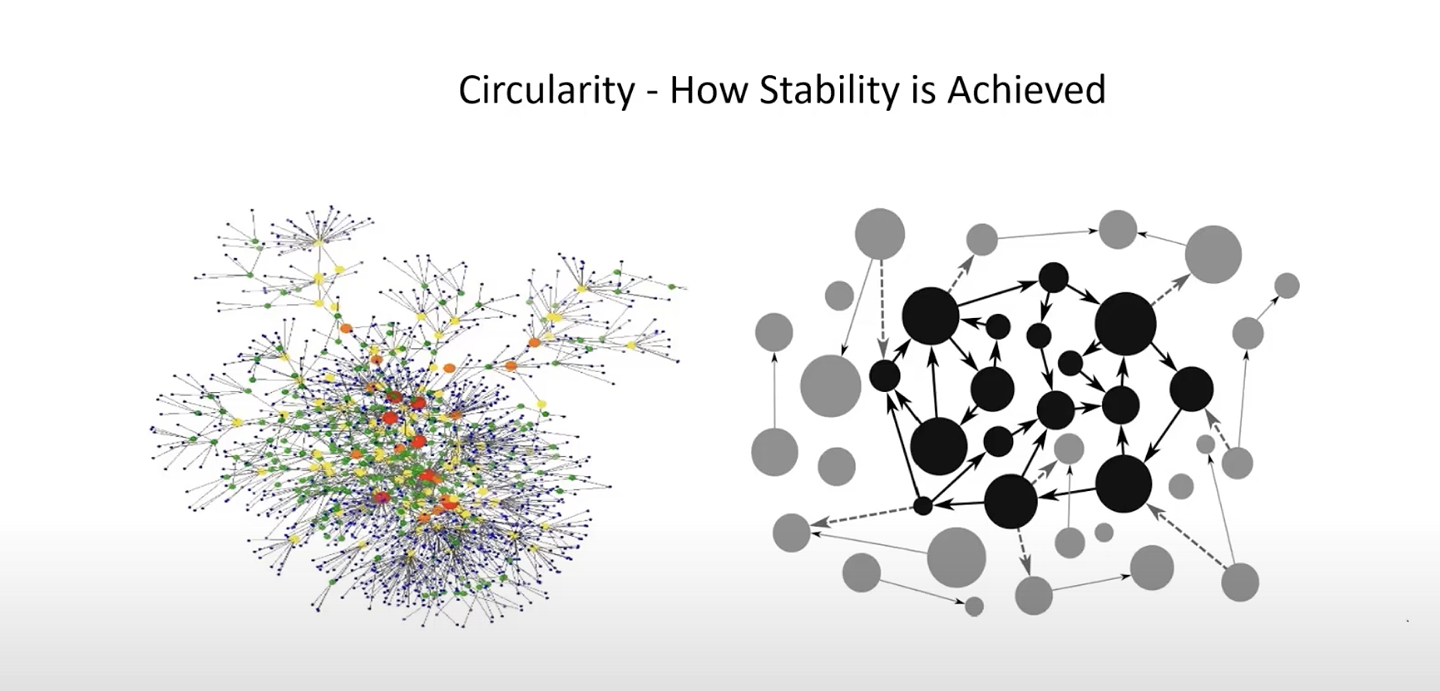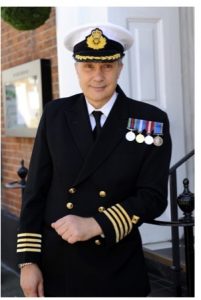
“The amazing thing that needs to be investigated is cultural stability, whenever and wherever it is found.” Douglas (1985: xxii)
Abstract:
In this Webinar Jonathan will propose a redrawing of the VSM that synthesises the concepts of autopoiesis, Luhmann’s Social Systems, Enaction, Friston’s consciousness, Social Identity Theory and the moral theories of Haidt and Greene, to provide a means of understanding how humans form social tribes. It will explore how and why tribes behave, why they have rituals and how they make use of emotions as a ‘language before language’ to make decisions. It will propose that tribes create narratives in a form of ‘viable language’ to maintain their cohesion and coherence and it will suggest that this provides a gateway for change management and political discourse.
Content:
System Thinking has been accused of failing to include motivation, intrinsic purpose and emotion in its application to human systems. It is a valid criticism. Even the ‘soft systems’ such as the various interpretivist and constructivist approaches of Checkland, Churchman and Ackoff fail to address issues of power, politics or coercive behaviour common in many real-world issues. These factors are highly relevant when we deal with social groups. System Thinking concepts of aligning weltanschauung, mutual construction of ‘root definitions’ or achieving consensus through the participation of the constituents in ‘interactive planning’ only work if the participants share deeper common interests, values and beliefs. In Psychology, Social Identity Theory has recognised a process of ‘de-personalisation’ between social groups in conflict that turns ‘we’ into ‘us’ and ‘they’ into ‘them’, so that not only do we belong to a group, we ‘become the group’ and employ ‘in-group favouritism’, trusting and believing our group members and dis-believing and distrusting others so that the alignment of beliefs becomes difficult and, at times, impossible.
So how do mutually constructed belief systems get formed, develop and persist, and can we align them? Is there a hierarchy of beliefs? Do some beliefs override others, and how easily can they be changed? What language do beliefs use? Are all of our organisations ultimately embedded in human systems and if so, do human beliefs form the System 5 of the highest levels of recursion of all our organisations.
To understand how social groups form, acquire beliefs, make decisions and maintain themselves this Webinar puts forward ideas that synthesise the theories of Maturana and Varela (Autopoiesis), von Foerster (Second order Cybernetics, eigen-behaviours), Luhmann (Social Systems, DiPaolo (Enaction), Eric Schwarz (Meta Models), Tajfel and Turner (Social Identity Theory), Joshua Greene and Jonathan Haidt (Moral Theory), and Feldman Barrett’s theory of ‘constructed emotion’ into a common construct based around Stafford Beer’s Viable System Model (VSM).
Why, when it is built on a framework of management cybernetics, should we use Stafford Beer’s Viable System Model to understand human systems? A model that has been accused of not adequately representing human behaviour. My answer is that the VSM represents, better than any other methodology, the processes of how stability is created and maintained, and it is stability, or rather its bigger brother, viability, that is the key factor that allows us a point of reference to compare and bring together the different viewpoints of social systems theories.
Stability, in a complex dynamical world is created by the circularity of its systems; their ‘autopoiesis’. It is only by isolating themselves from their environment by producing their own components that systems can achieve autonomy. However, as Beer showed, you need a meta-system to be able to ask the second order questions and to manage the emergence of a system of systems, to ‘see’ what that system is doing and to control it. In this way the VSM, with a little adaptation, can be used as a framework to bring together the many social theories and provide a comprehensive understanding of how groups work.
To adapt the VSM to better represent social systems, and synthesise the other theories, we have to show that it can answer several key questions, namely; how do humans make distinctions and decisions? what creates the boundaries of a social system? what structural coupling occurs and what is a group’s consensual domain? what is the hierarchy of beliefs? What part do emotions play in our own and our group’s interactions and how do we know right from wrong?
In the Webinar we will discuss these issues and I hope to show how we form ‘viable tribes’ based on a shared understanding of the current context of our environment. How we use beliefs to guide our decision making and how we use emotions as a ‘language before language’ to create a ‘viable narrative’ that underlies the consensual domain that structurally couples our tribe together. I hope to explain how homeostats balance the tension between harmony and discord in social beliefs. How the categorisation of what is harmonious and what is discord creates meaning in social groups and how rituals reinforce identity, often by demonstrating the tensions in the group’s processes of cohesion and how art plays a key role in a group’s ‘viable narrative’.
To conclude I will propose a way to dissolve the tensions between tribes using a ‘dialect method’ first proposed by Gharajedaghi.
Speaker Bio

Jonathan Huxley has been at sea for 47 years of which 25 have been in command. During his career he has worked in a wide variety of theatres from the Mediterranean, South Atlantic, Gulf, Sierra Leone, Far East, Australasia, Caribbean, Antarctic and Artic as well as regular operations in the North Atlantic, Europe and UK waters. Undertaking amphibious, afloat support, maritime security, defence engagement, MCM support, aviation support, submarine support, OMAR and special operations.
He has commanded a wide variety of ships of all types from Fleet Tankers, Ammunition and Stores ships, Amphibious Ships, ROROs, Passenger ships and Mine Warfare Support Ships.
He is a qualified Master Mariner and has qualifications for; Royal Navy Specialist Navigation (SpecN), Navigation and Ship-handling Instructor, SRN4 Hovercraft Navigator, Advanced Polar Operations, Helicopter Controller, Flight Deck Officer and FLYCO Officer. He holds a degree in Mathematics and a PhD in Systems Thinking and specialises in the behaviour of groups and change management.
As well as command at sea Capt Huxley has undertaken shore appointments as a Navigating/Ship-handling/Seamanship Instructor at Flag Officer Sea Training, Operations Manager for the RFA Flotilla and two periods as a Strategic Change Manager in MoD and Navy Command, developing and introducing new manning, pay, operational and HR systems.
He has applied Stafford Beer’s Viable Systems Model to achieve practical results in change management and day to day operations, including development of an enterprise solution to shipboard management, and he has used the concepts of viability to help develop manning solutions and organisational decision-making processes.
